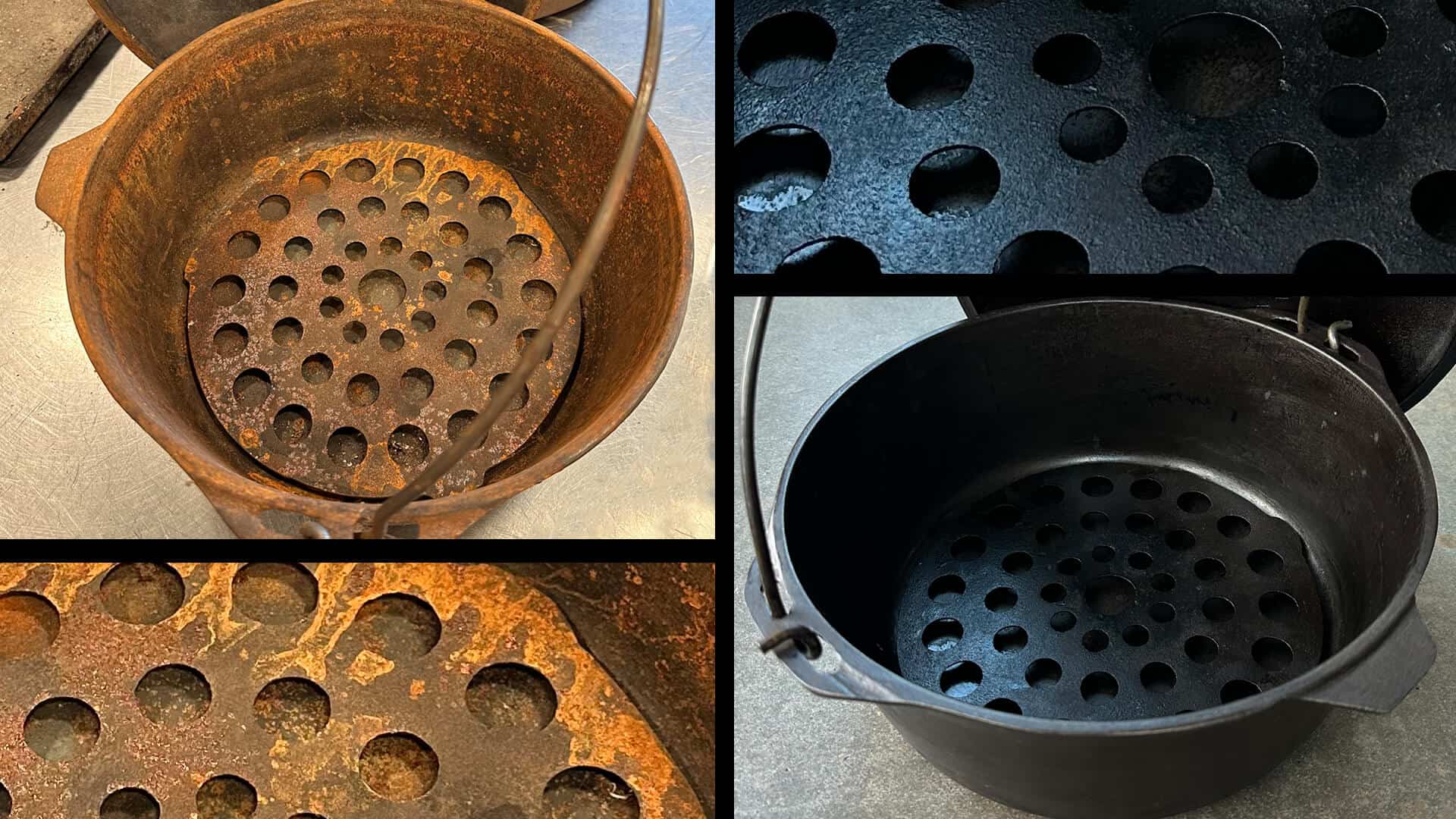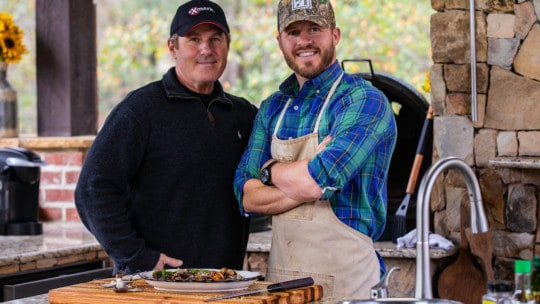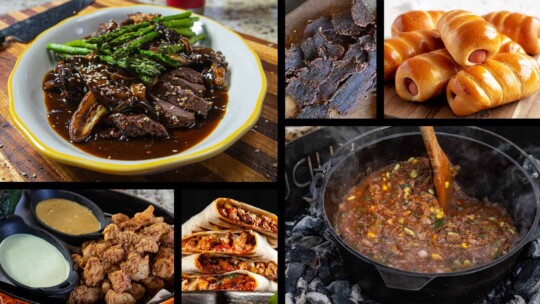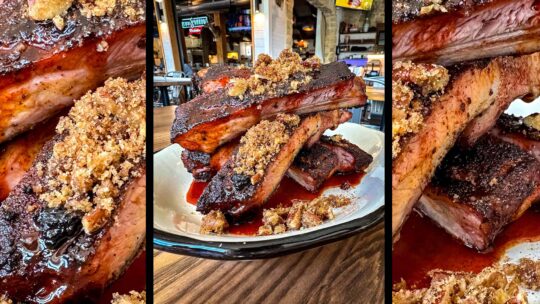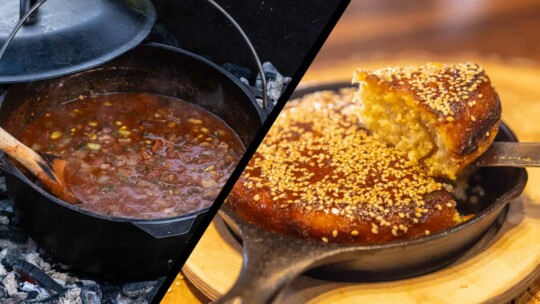
David Bancroft’s Cast Iron Restoration Tips
There’s a reason why the cast iron legend has grown so large over the years: it’s incredibly durable and lasts a long, long time. So long, in fact, it often becomes a family heirloom passed down from generation to generation. But time does a number to even the highest quality cast iron—and that’s why David Bancroft is here to help. Watch this episode of Prime Cuts: Cast Iron Edition as the James Beard nominee takes his family’s old cast iron cookware and makes it look brand-new, walking you through the process of cast iron restoration.
Stripping Your Cast Iron
David says there are plenty of ways to clean up your cast iron—be it electrolysis, washing powder, or sandblasting—but many of them are resource- and labor-intensive. Instead, he’s going “Grandma Style” to clean his family’s old cast iron skillet, using a simple mix of baking powder, steel wool, and a little elbow grease.
To kick off this project, grab your old cast iron and head over to the sink. David recommends wearing gloves, just to save your fingers from the steel wool. Dump some baking powder into the skillet, add a little water to get it to a thick, toothpaste-like consistency, and get to scrubbing the paste over every square inch.
Once the cast iron is fully coated, you’ll see the rust start to peel off the walls almost immediately. However, to get the best results, Bancroft says to let the paste soak on the skillet for about three to five minutes.
After the wait is over, this is where the fun begins. Add a little more water and really dig into the cast iron with your steel wool, again scrubbing the paste into the cast iron. Once the entire thing is stripped, wash off the paste and repeat if necessary. David stresses that it’s okay to wash off some of the pre-seasoning since you’ll be re-seasoning it anyway.
Re-seasoning Your Cast Iron
The re-seasoning process is simple—just take a generous amount of oil and really lather up the entire skillet, making sure to get it into all the nooks and crannies. Then, grab a disposable cloth and clean off any of the excess oil.
Next, turn on your range to max heat and lay the skillet over it, face down. David says the goal here is to get your cast iron as hot as possible, until it starts smoking. But, if you’re not comfortable with this method, he says that popping it in your oven for half an hour will work just fine.
All there’s left to do is to repeat this step two or three more times, and you’ll have a cast iron skillet that looks like it was just fresh out of the forge. And that’s it! Your cast iron restoration is complete. Now, it’s good to go for many more years, even more meals, and perfect to use for a delicious brisket Brunswick strew or mouthwatering cornbread.

